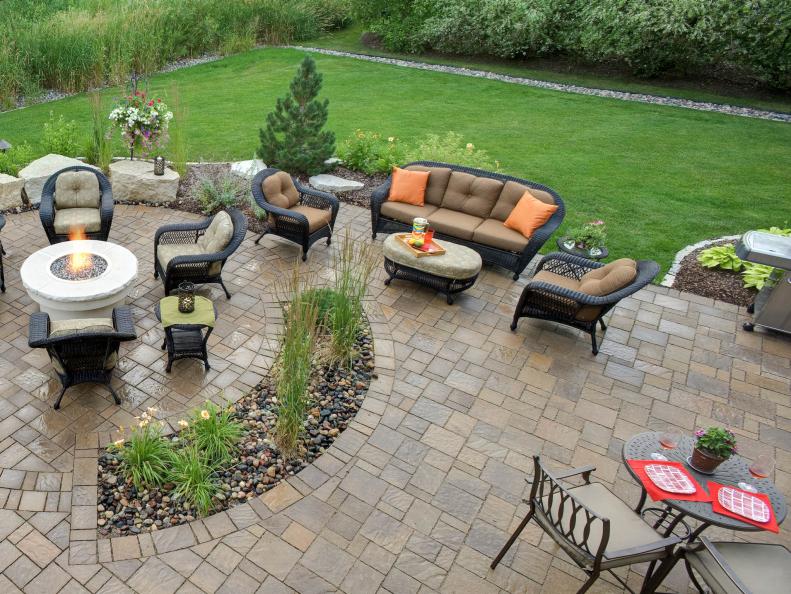1 / 10
Photo: John Wiese Photography
Paver Patios: Low Cost, Easy Maintenance
A patio can be created with many materials, but it's hard to beat one made from patio pavers for ease of installation and low maintenance. The initial cost may be higher than other options, but you'll save in the long run by not having to stain or seal it continuously. Plus, repairs are easier, one paver at a time. Patio pavers come in a variety of shapes, sizes and materials to fit any outdoor space.
See the following slides for tips on installing paver patios. Then see this step-by-step how-to when you're ready to build a patio paver in your yard.
Need some design inspiration for your paver patio? See these 40 paver design ideas to jump-start your imagination.









